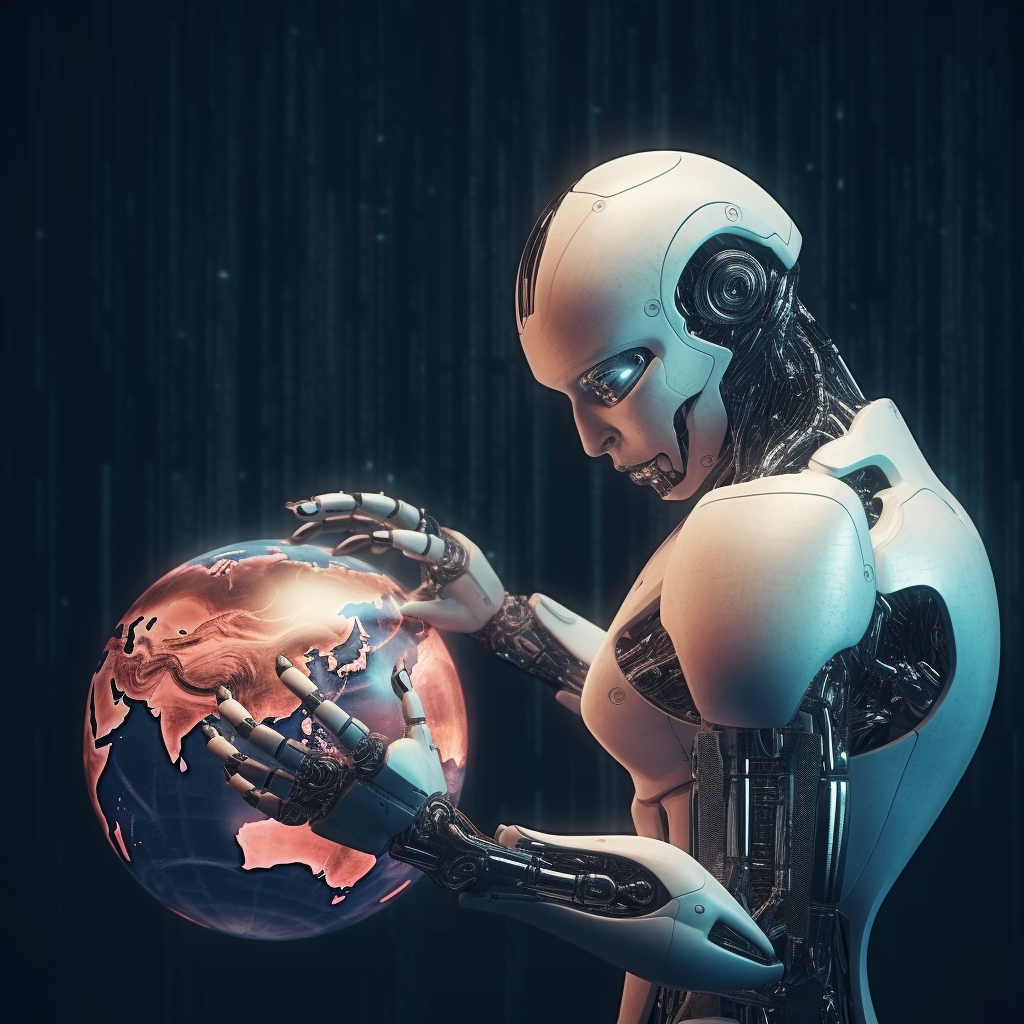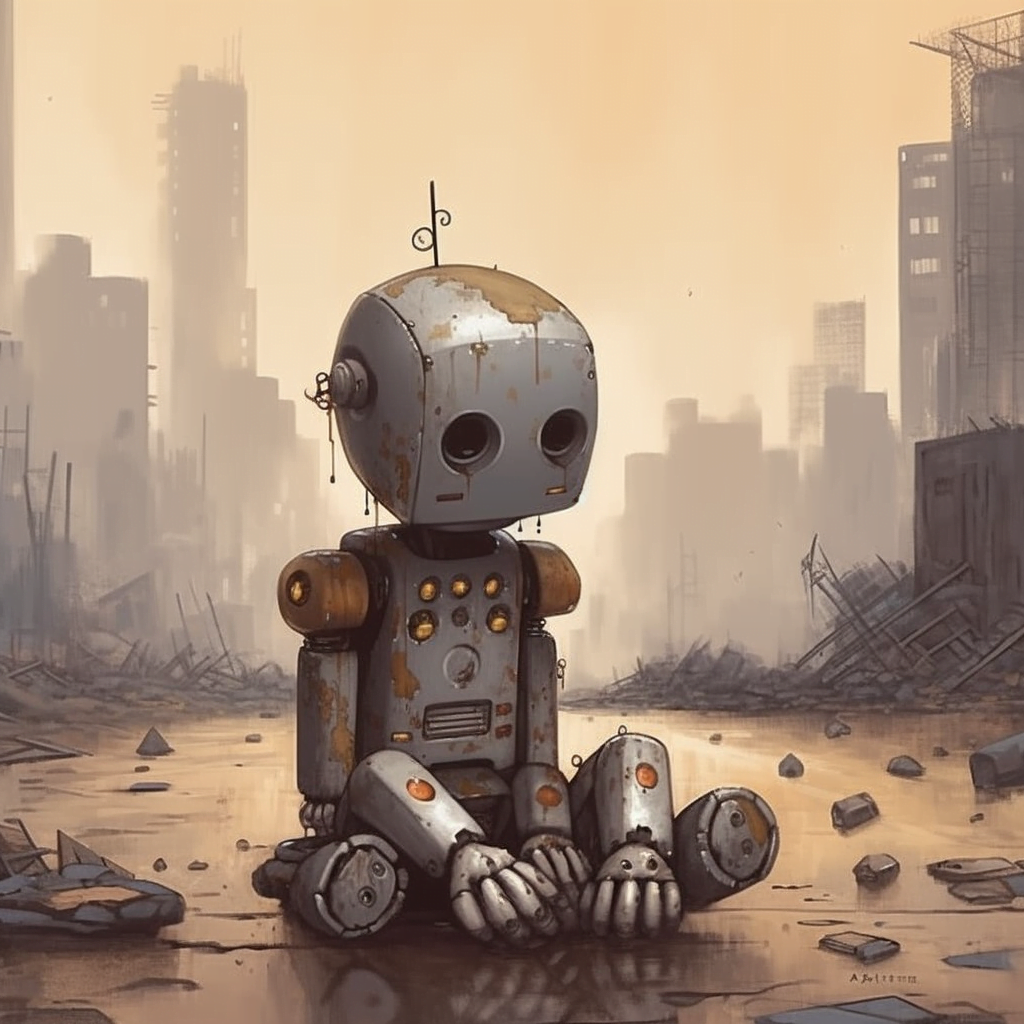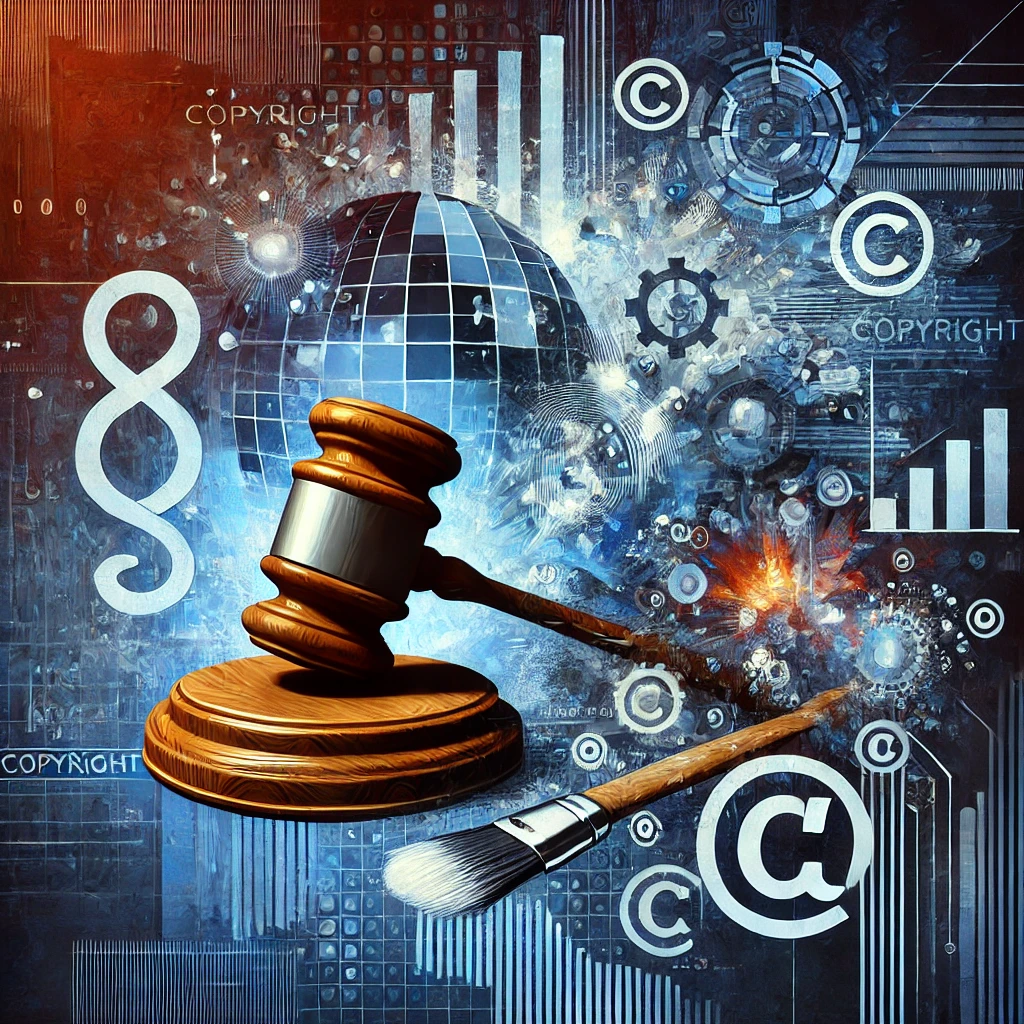
Imagine you’re walking in a park on a sunny day, enjoying the mild breeze and the song of the birds. Suddenly, your phone buzzes, and you see a text message from a friend asking for a cake recipe. You’re puzzled because you can’t remember any recipe at that moment.
You quickly type “I don’t know. Let me ask my AI friend.”
You send a message to ChatGPT asking for a simple cake recipe. Almost instantly, ChatGPT responds with a step-by-step guide on how to bake a vanilla cake.
This isn’t a scene from a strange sci-fi movie about baking; it’s happening right now in our world. ChatGPT, an artificial intelligence chatbot, is making conversations like these a reality.
But how does it do this? How does a machine understand human language and generate text that makes sense? This article will explore all of these concepts and more.
What is ChatGPT?
ChatGPT is a large language model developed by OpenAI, an artificial intelligence research lab. It’s part of the GPT (Generative Pre-trained Transformer) family, which has been making waves in the world of AI.
Unlike traditional chatbots that are preprogrammed with responses, ChatGPT generates its responses on the fly. It’s like a giant language playground, where it’s learned to make meaningful and coherent text by studying vast amounts of data from the internet.
The ‘GPT’ in its name stands for ‘Generative Pre-trained Transformer’, which hints at its operating principle.
What is OpenAI?
OpenAI started as a non-profit in December 2015 with a mission to ensure that artificial general intelligence (AGI) benefits all of humanity. Elon Musk, Sam Altman, and a team of researchers and scientists founded it. Their goal was to create a safe and beneficial AGI or to aid others in achieving this outcome. Over the years, OpenAI transitioned to a capped-profit model to attract more funding while maintaining a strong emphasis on its original mission.
The story of ChatGPT started with its predecessor, GPT-1, in June 2018. It was a humble beginning with a model that had 117 million parameters (think of these as tiny knobs that the AI adjusts to learn patterns). A year later, GPT-2 arrived, causing quite a stir with its 1.5 billion parameters and uncanny ability to generate coherent and contextually relevant sentences. However, it was GPT-3, the mammoth model with 175 billion parameters, that provided the foundation for ChatGPT.
How Does ChatGPT Actually Work?
If you’ve ever wondered about the magic behind ChatGPT’s seemingly human-like responses, you’re not alone. Its workings revolve around the intricate dance of technology and machine learning, a fascinating journey that has taken artificial intelligence to new heights.
ChatGPT’s operation starts with its training process, akin to the education we all receive as human beings, albeit on a much more advanced technological level. Just like a child learning to communicate, ChatGPT begins its journey with a set of basic rules and parameters.
It’s then exposed to a massive amount of data and situations, which it analyses to devise its own algorithms.
The training data that ChatGPT digests comprise a phenomenal number of ‘tokens‘, units of text that help the AI understand meaning and predict the subsequent text logically. The previous model, GPT-3, had been fed with about 500 billion tokens, with GPT-4 undoubtedly having ingested even more, closer to or exceeding 1 trillion, though the specifics have been kept under wraps by OpenAI.
These tokens are not just random gibberish; they’re culled from an expansive range of human-written content, encompassing books, articles, documents, and a myriad of internet content. This huge swath of data, spanning various topics, styles, and genres, represents a vast segment of human knowledge, enabling the AI to generate well-informed responses.
Once this ocean of data is processed, it helps shape a deep-learning neural network within the AI.
This intricate web of connections, similar in concept to our human brain, facilitates ChatGPT’s ability to discern patterns and relationships in the text data. Its operation is not limited to guessing the next word in a sentence like simple predictive text; it has the capacity to generate coherent and contextually accurate sequences of words, sentences, or even entire paragraphs.
Moreover, to augment ChatGPT’s potential to respond aptly to a multitude of prompts, a technique known as reinforcement learning with human feedback (RLHF) was employed. To simplify, it involved humans rating different model responses, creating a ranking system that allowed the AI to learn and discern the optimal responses.
Now, let’s talk about the neural network.
It’s loaded with a staggering number of parameters—175 billion in the case of GPT-3 and an undisclosed, but certainly higher, count for GPT-4. These parameters act like variables, helping the AI process your input and, based on weightings and a dash of randomness, produce the most suitable response.
Takeaway
In essence, interacting with ChatGPT could be compared to a high-tech version of the “finish the sentence” game. When you input a prompt, it sifts through its extensive neural network each time, introducing a sprinkle of randomness to avoid stock answers. This ensures not only relevance but also freshness in its responses, providing a uniquely interactive experience.
So, there you have it!
Behind the curtain of ChatGPT lies an intricate dance of massive data processing, deep learning networks, and careful tuning. It’s this combination that brings the seemingly magical, human-like interactions you experience when you engage with this AI model.




